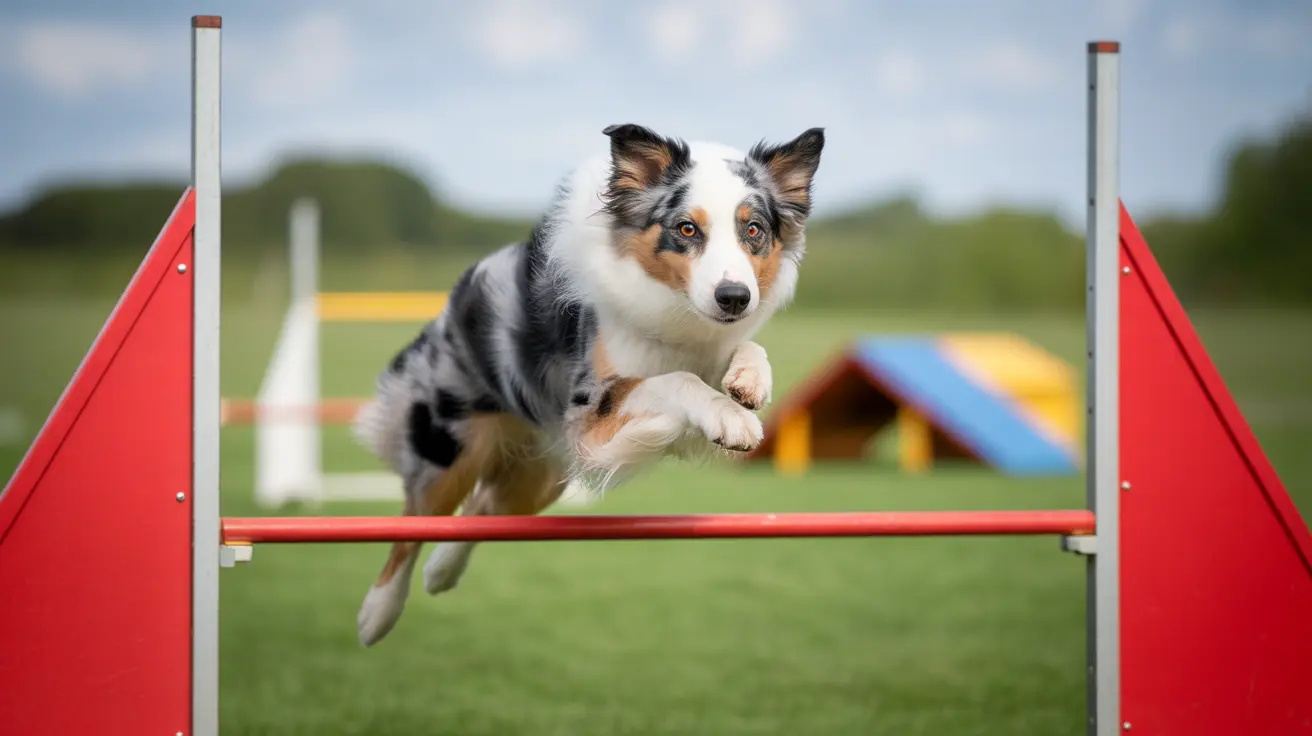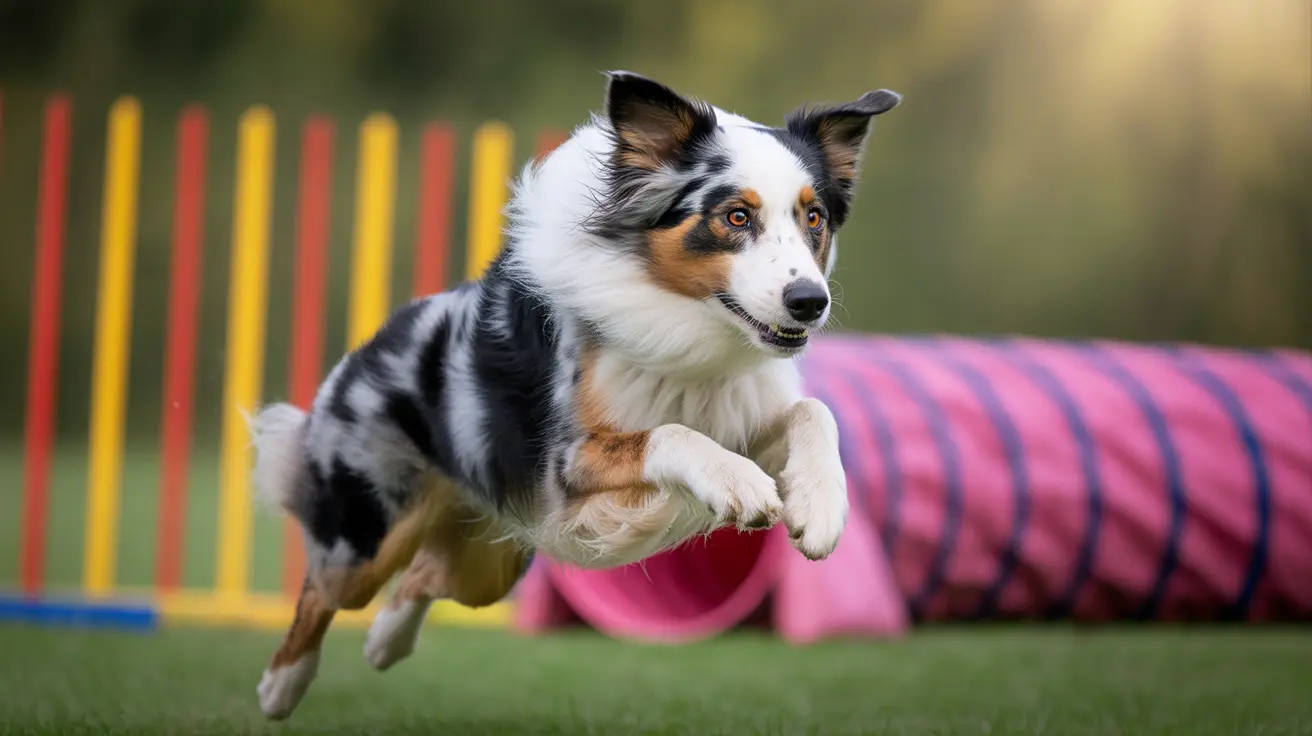Understanding the Old English Sheepdog, Also Known as the Bobtail
The Old English Sheepdog is a beloved breed recognized for its shaggy, iconic appearance and cheerful demeanor. Originally bred in England’s West Country over two centuries ago, this dog was developed to drive sheep and cattle to market—a task it performed with vigor, determination, and an unmistakable presence.
Another Name: The Bobtail
The breed is also commonly known as the "Bobtail". This name originates from a traditional practice: owners docked the dogs’ tails to signify their role as working dogs, which exempted them from certain taxes. Though tail docking is less common today due to animal welfare regulations, the nickname "Bobtail" has persisted as a popular alternative for identifying this distinctive breed.
Appearance and Coat
The Old English Sheepdog is known for its dense, double-layered coat. This includes:
- A rough, shaggy outer coat (guard hairs) that repels dirt and water
- A soft, insulated undercoat that regulates temperature
Coat colors typically range from grey, grizzle, black, blue, or blue merle, often with white markings. Puppies begin life black and white and gradually shift to these shades as they grow. The coat requires daily grooming to prevent matting, remove debris, and maintain its iconic look.
Size and Build
Old English Sheepdogs are large and muscular. Adult males stand at least 22 inches tall and weigh between 60–100 pounds, with females being slightly smaller. Their compact, square build pairs with a distinctive rolling gait that resembles a bear's walk. Hidden beneath the fur, the flat-lying ears, and expressive eyes—blue, brown, or odd-colored—give them a whimsical look cherished by owners.
Temperament and Personality
This breed is affectionate, playful, and intelligent, making them excellent family dogs. They are particularly:
- Good with children—albeit often trying to herd them
- Friendly towards other pets and strangers
- Loyal and eager to spend time with family
Despite their playful nature, they do best with experienced owners who provide consistent training, early socialization, and mental stimulation. The Old English Sheepdog can be headstrong and independent, requiring positive, reward-based training methods.
Exercise Needs
This is a highly active breed that requires 1–2 hours of exercise daily. Ideal activities include:
- Long walks
- Play sessions
- Agility or obedience training
- Herding or scent work
Failing to meet their exercise needs can lead to destructive behaviors due to boredom. These dogs are not suited for apartments or being left alone for long periods.
Climate Suitability
Thanks to their thick coats, Old English Sheepdogs thrive in cold and wet climates. However, they are prone to overheating in warm weather, so owners should avoid excessive activity on hot days and monitor signs of heat stress.
Health Concerns
The breed is predisposed to several health conditions, including:
- Hip dysplasia
- Gastric dilatation-volvulus (bloat)
- Eye disorders like cataracts and retinal problems
- Congenital deafness
- Hypothyroidism
- Primary ciliary dyskinesia (respiratory issue)
- Skin conditions like mange and allergies
- Bleeding disorders, OCD, Wobbler’s syndrome, and cardiomyopathy
- Metabolic and liver diseases, including diabetes and liver shunts
- Cancer risks, particularly lymphoma and bone cancer
Life expectancy typically ranges from 10–12 years, occasionally reaching up to 14 years. Regular vet visits, early screening, and responsible breeding are essential to minimize health risks.
Grooming Demands
The luxuriant coat is both a charm and a challenge. Owners must commit to:
- Daily brushing to prevent mats and tangles
- Occasional professional grooming
- Trimming or clipping to manage coat length
- Routine checks for skin infections and parasites
The breed is not hypoallergenic and sheds moderately, particularly during season changes.
Social Role and Popularity
Once seen as a status symbol among America’s elite in the late 19th and early 20th centuries, the Old English Sheepdog became even more prominent thanks to film, television, and advertising—notably as the Dulux paint mascot. Their wool-like coat was even historically used for garment-making.
Suitability for Families
Old English Sheepdogs make wonderful companions for families with:
- Spacious homes and fenced yards
- Time and experience with dogs
- Older children due to the dog’s boisterous nature
- Active lifestyles and engagement in canine activities
With proper care, training, and companionship, the Old English Sheepdog—also fondly known as the Bobtail—can be a joyful, lifelong friend who brings laughter, loyalty, and love to any household.





